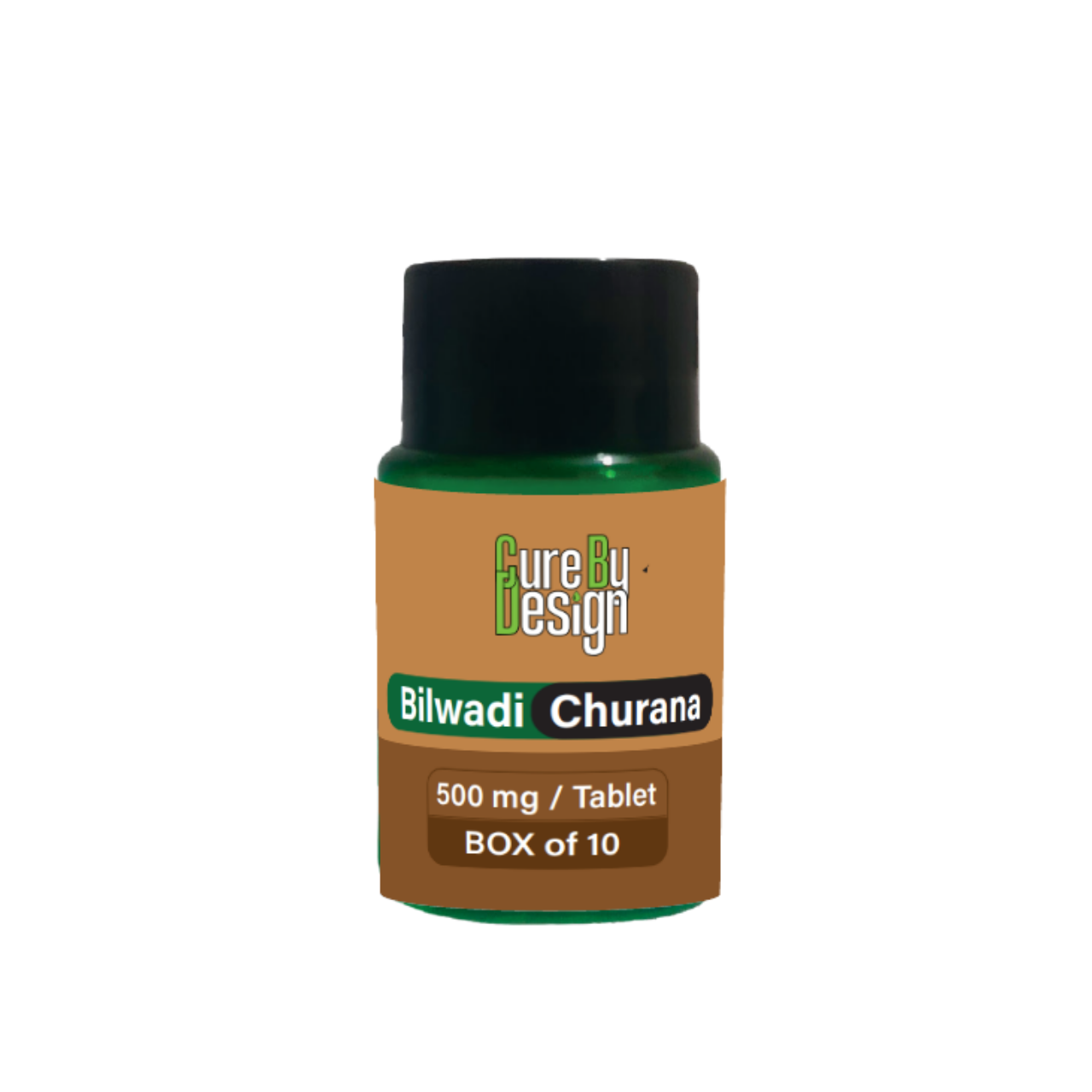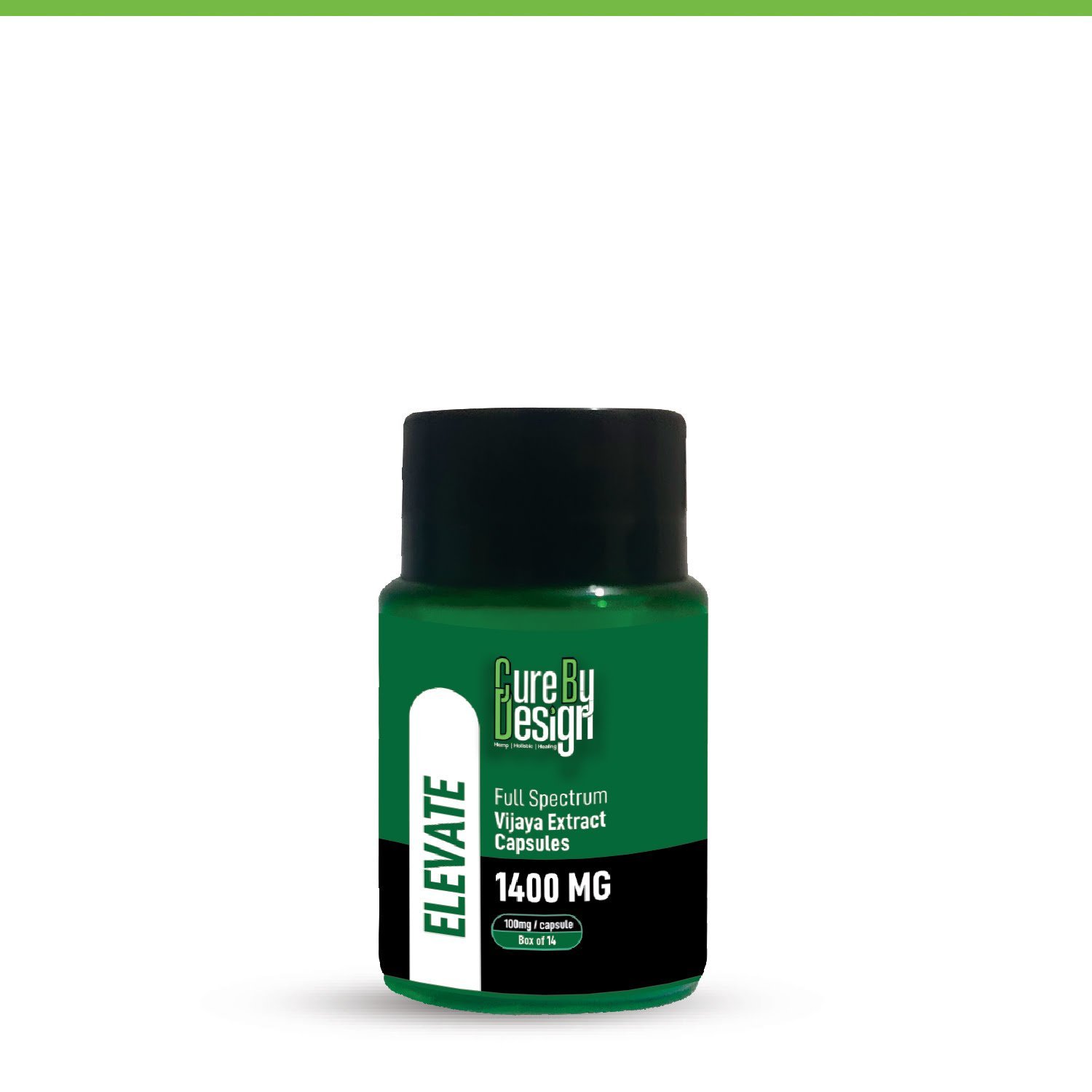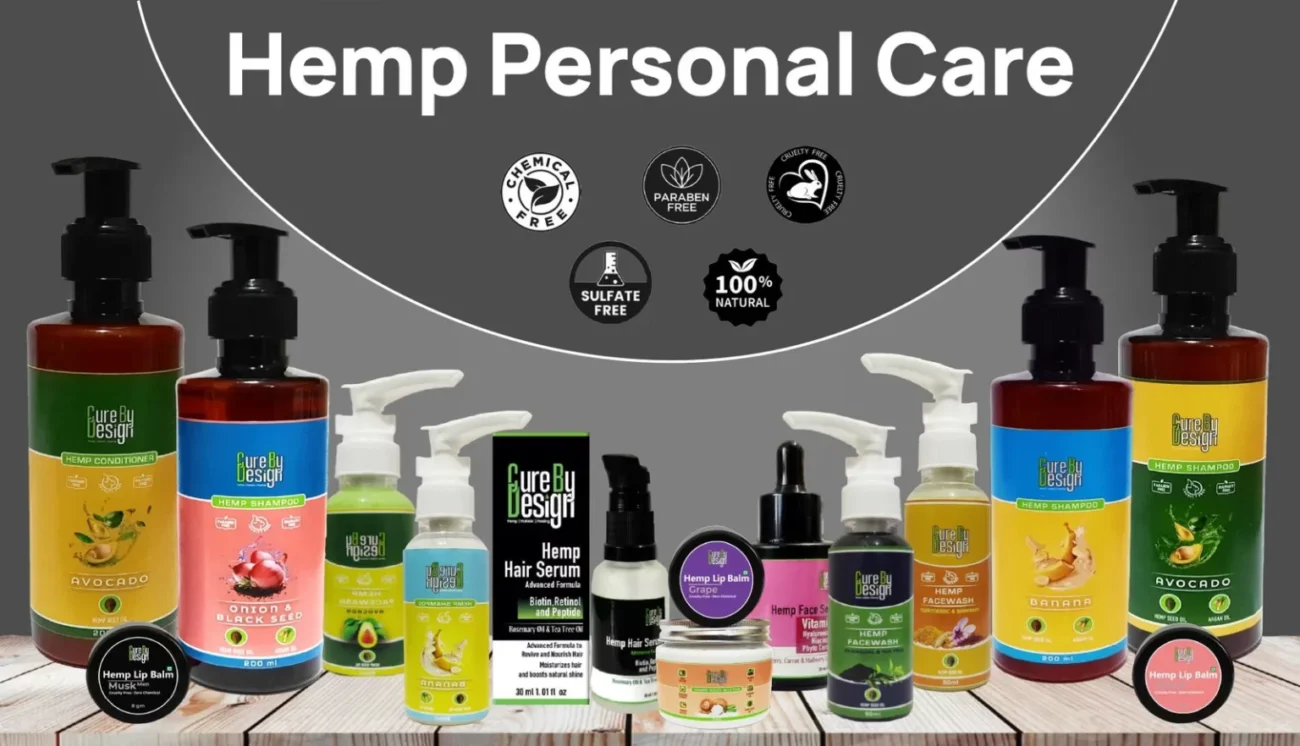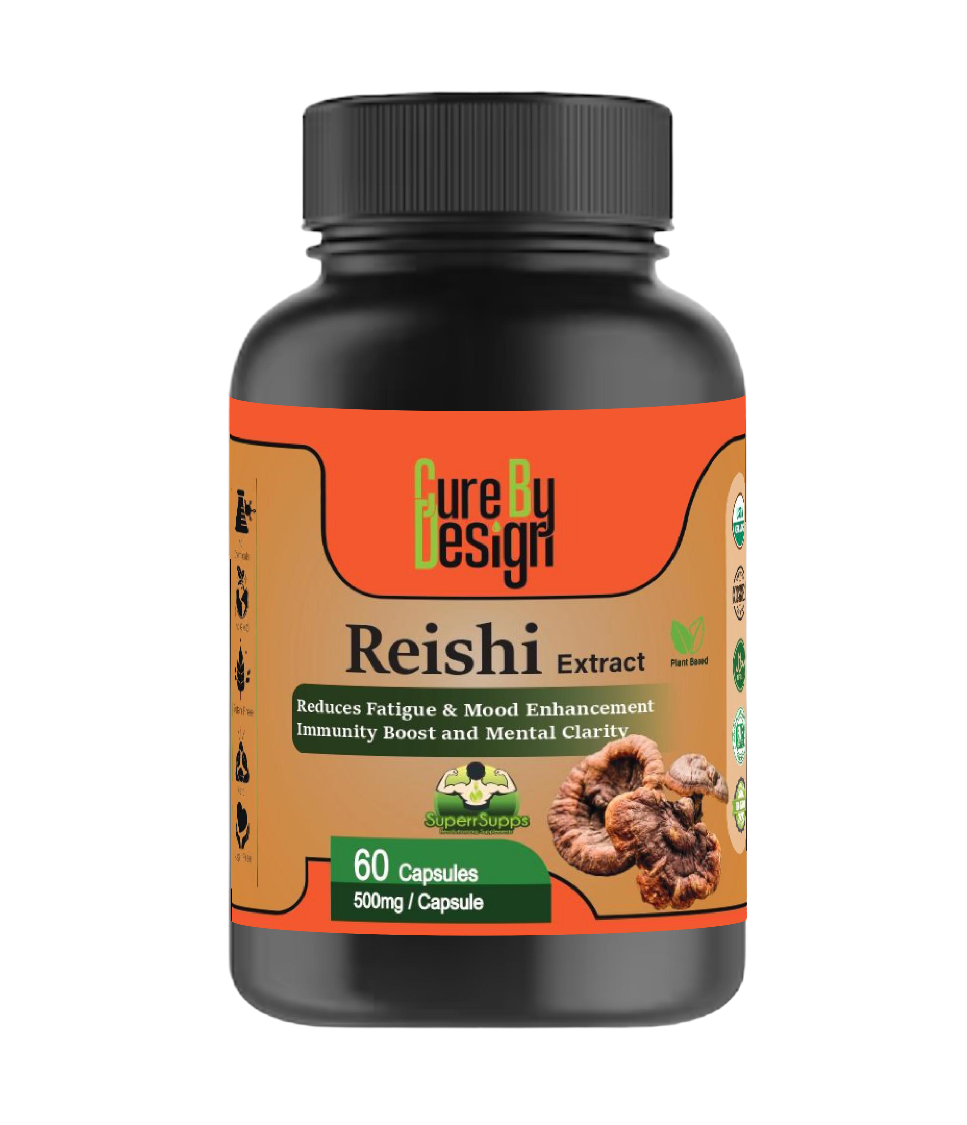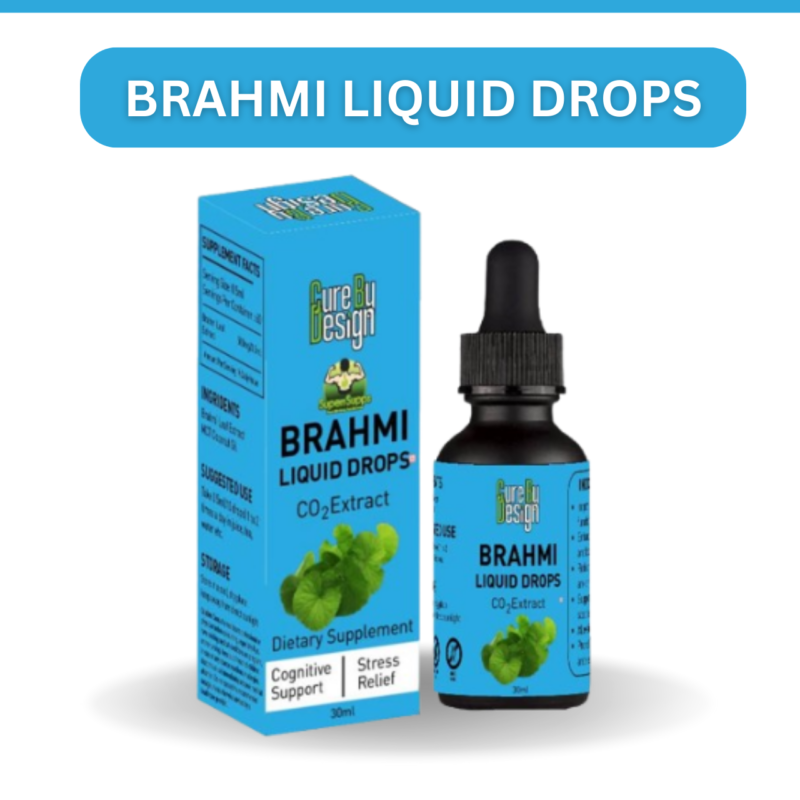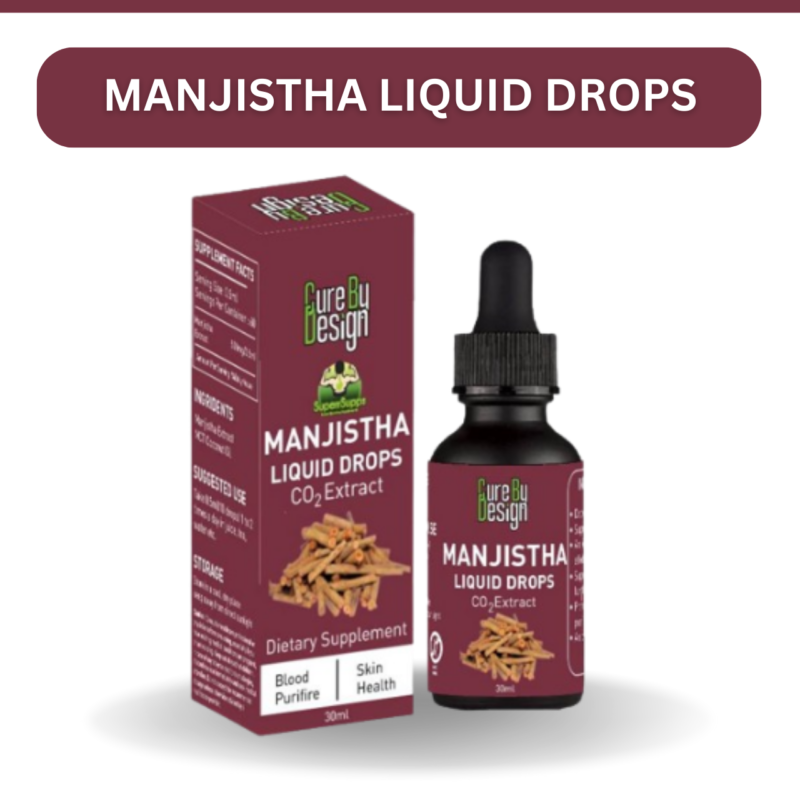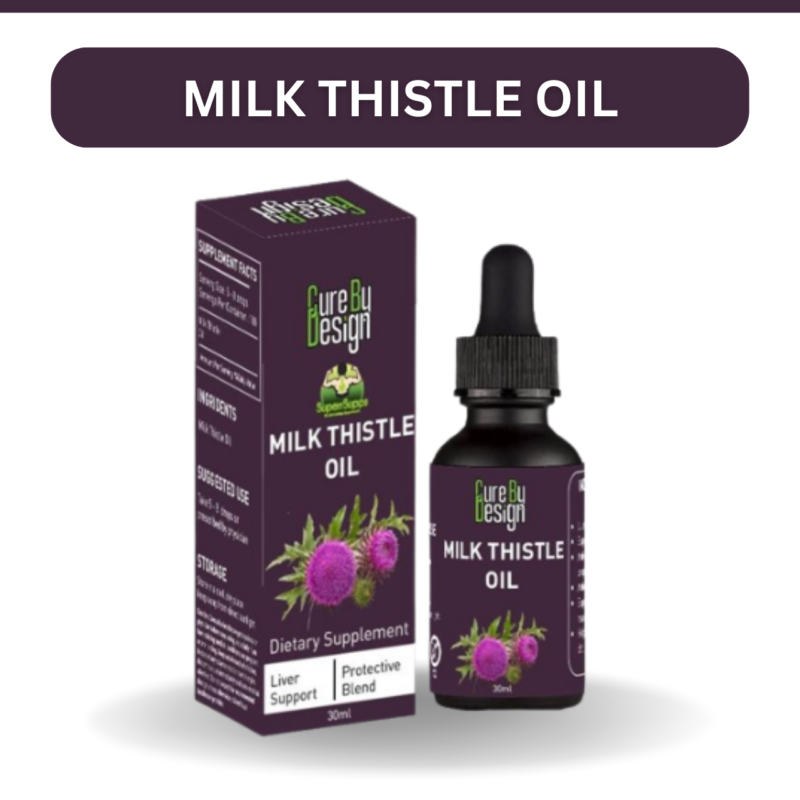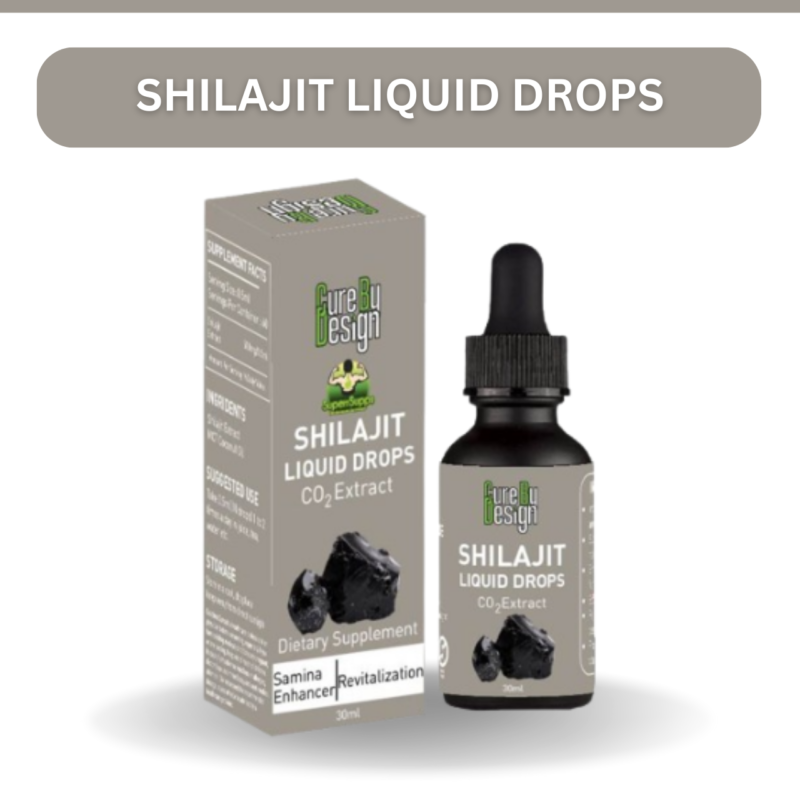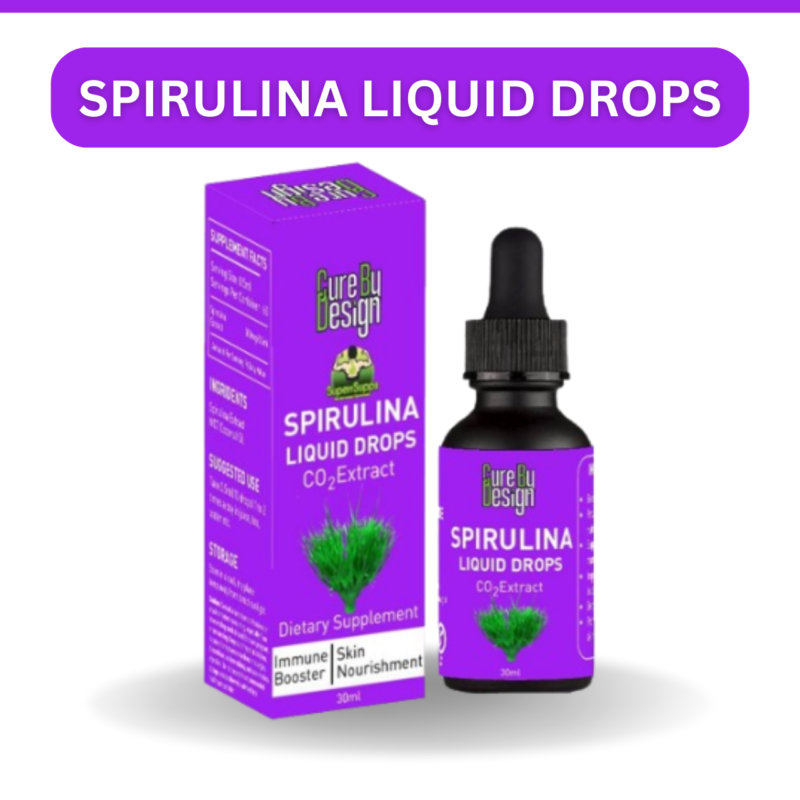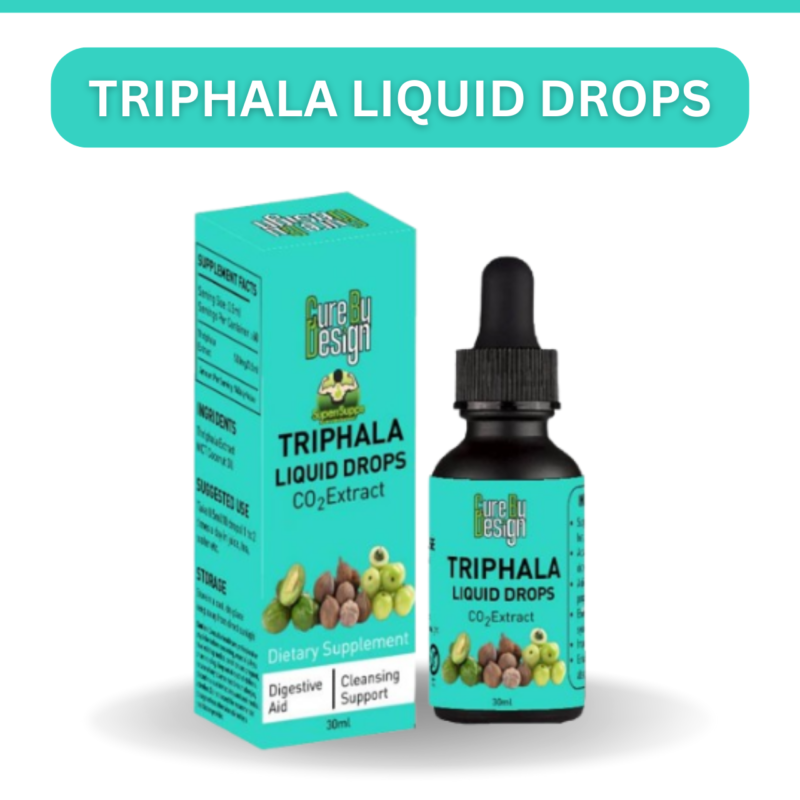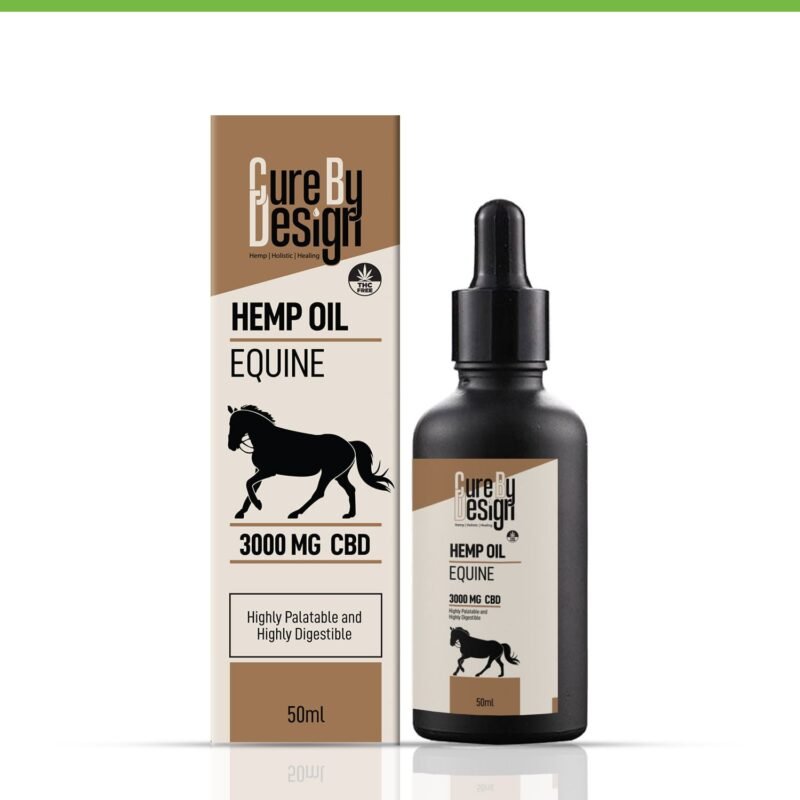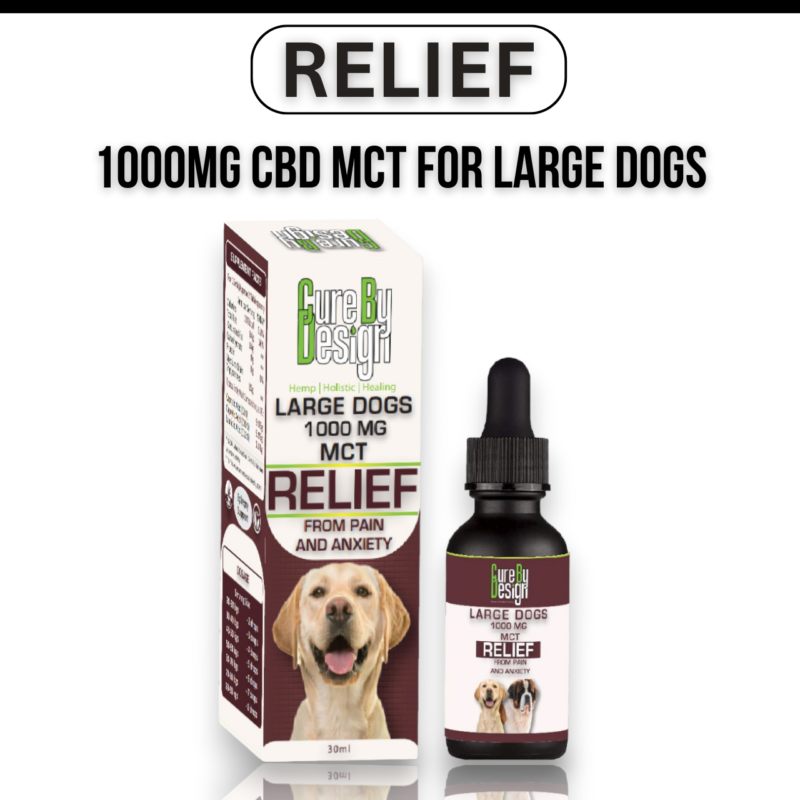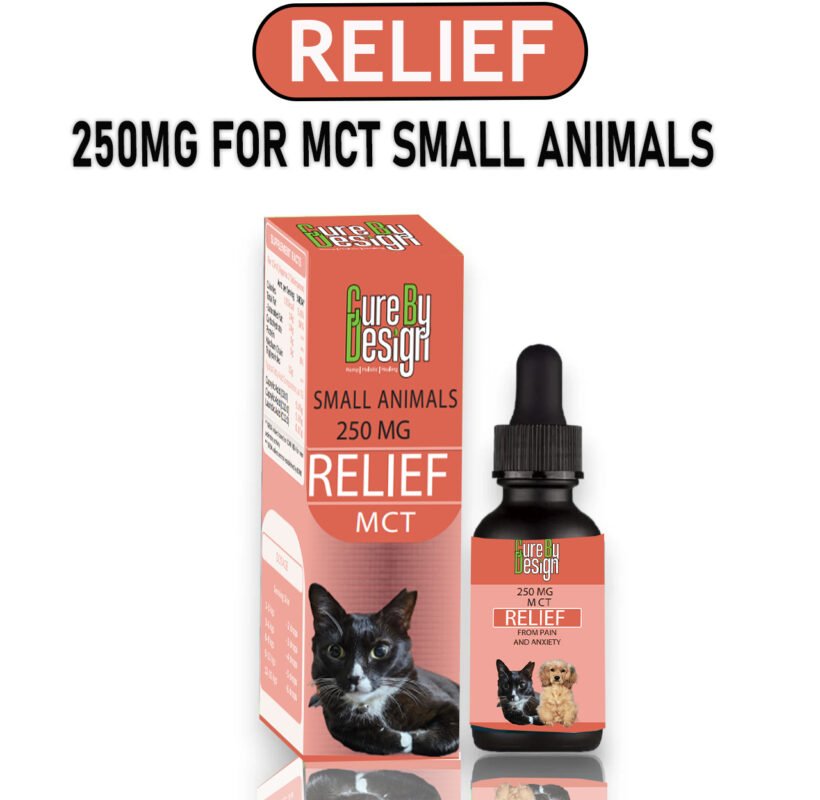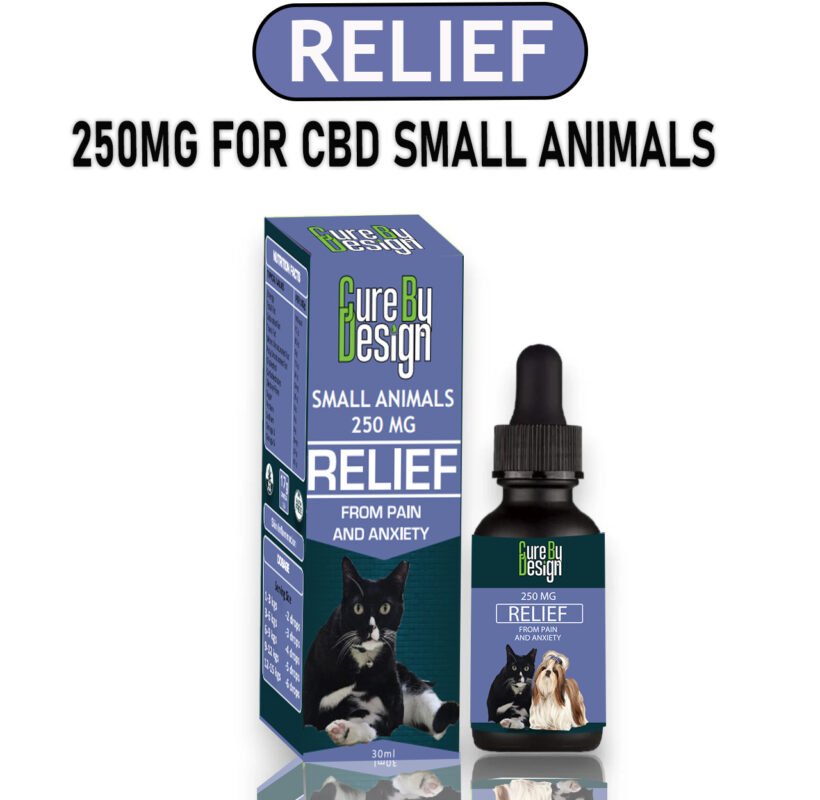The Curious Case of Bhang: Is It Legal in India?
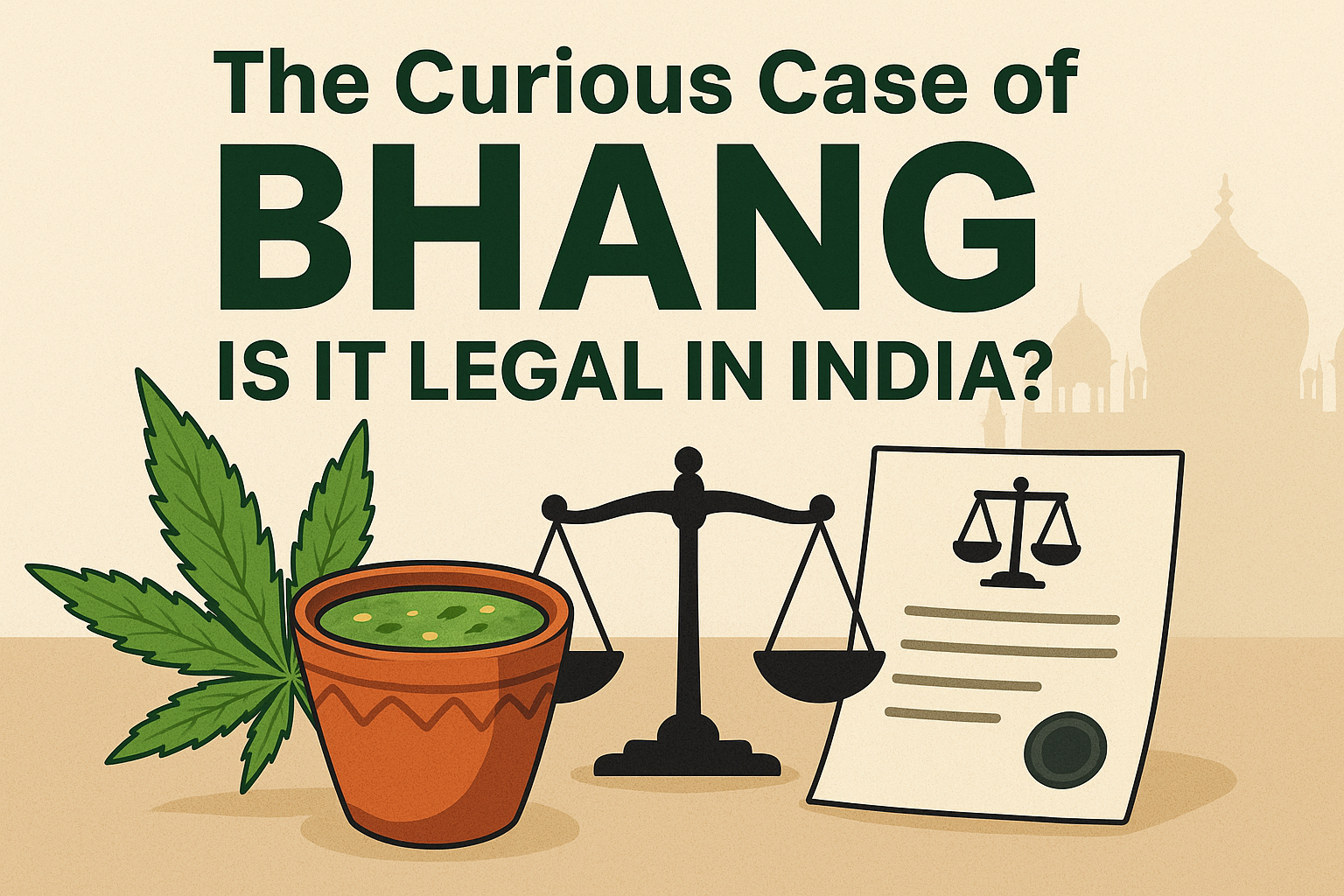
Bhang has a long history in India, dating back to ancient times when it was used both medicinally and spiritually. Considered sacred and linked to Lord Shiva, bhang is traditionally consumed during festivals like Holi and Mahashivaratri. Legally, the Narcotic Drugs and Psychotropic Substances Act of 1985 excludes cannabis leaves and seeds, that is, bhang, from its ban on cannabis products like ganja and charas. This means bhang is generally legal, but states vary: some regulate or ban it while others allow sale through licensed shops. Socially accepted across many parts of India, bhang remains part of cultural customs despite ongoing debates about wider cannabis legalization.
Table of Contents
- Historical Background of Bhang in India
- How Indian Laws Define Bhang and Cannabis
- State Rules on Bhang: What Changes Across India
- Bhang’s Role in Indian Culture and Festivals
- Court Decisions and Government Views on Bhang
- Current Legal Status of Bhang in India
- Health Considerations and Safety of Bhang Use
- Economic Impact and Future of Bhang Market
- India’s Stance on Cannabis in the Global Arena
- Frequently Asked Questions
Historical Background of Bhang in India

Bhang is one of the oldest known edible cannabis preparations in India, with its use traced back to at least 1000 BCE. Ancient texts like the Atharvaveda, dated between 1500 and 1000 BCE, mention bhang as one of five sacred plants valued for their calming effects. Traditional Indian medical literature such as the Sushruta Samhita and Chikitsa-sara-sangraha describe bhang as a remedy for digestive issues, catarrh, and phlegm, highlighting its medicinal importance. Religiously, bhang is closely tied to Lord Shiva, who is believed to have favored cannabis leaves; this connection embeds bhang deeply into Indian spirituality. It plays a notable role during festivals like Mahashivaratri and Holi, where its consumption is part of ritual practices. During the British colonial period, starting in 1798, cannabis products including bhang, ganja, and charas were taxed, but moderate use of bhang remained socially accepted and was not harshly penalized. Historically, bhang has been distinguished from other cannabis derivatives like ganja and charas by its use of leaves and seeds rather than flowering tops or resin, a difference that shaped its social and legal standing. Overall, bhang’s history reflects a unique blend of medicinal, spiritual, and recreational roles that have kept it culturally significant in India across millennia.
How Indian Laws Define Bhang and Cannabis
The Narcotic Drugs and Psychotropic Substances (NDPS) Act, 1985, clearly distinguishes between different parts of the cannabis plant. It defines illegal cannabis as “charas” (the resin) and “ganja” (the flowering or fruiting tops). Bhang, which is made from the leaves and seeds of the cannabis plant without the flowering tops, is explicitly excluded from this definition. This legal exclusion means that, under central law, the sale and consumption of bhang are permitted, unlike ganja and charas, which remain banned. However, the situation becomes more complex at the state level. Some states have their own laws that either regulate or completely prohibit bhang. For instance, Assam bans bhang under the Assam Ganja and Bhang Prohibition Act, 1958, while Maharashtra requires licenses for its manufacture and consumption as per the Bombay Prohibition Act, 1949. Gujarat, on the other hand, legalized bhang in 2017 by removing it from its list of intoxicating substances. Most states limit bhang sales to government-licensed shops to control distribution and prevent misuse. Additionally, cannabis cultivation is allowed under strict government policies for industrial hemp or medicinal purposes, provided the THC content remains low. Interestingly, items like rolling papers and pipes related to cannabis consumption are not regulated under the NDPS Act, making them legal. Altogether, this legal framework creates a clear line between bhang and other cannabis products, allowing bhang’s traditional and regulated use within India.
- The Narcotic Drugs and Psychotropic Substances (NDPS) Act, 1985, defines cannabis with specific terms: ‘charas’ (resin) and ‘ganja’ (flowering or fruiting tops).
- Bhang, derived from cannabis leaves and seeds without flowering tops, is explicitly excluded from the NDPS Act’s definition of illegal cannabis.
- This exclusion makes the sale and consumption of bhang legal under central law, unlike ganja and charas which are banned.
- Several states impose their own rules, with some banning bhang completely, such as Assam under the Assam Ganja and Bhang Prohibition Act, 1958.
- Maharashtra requires licenses for the manufacture, possession, and consumption of bhang under the Bombay Prohibition Act, 1949.
- Gujarat legalized bhang in 2017 by removing it from its list of intoxicating drugs under state law.
- State governments often restrict bhang sales to government-licensed shops to regulate distribution.
- Cannabis cultivation for industrial hemp or medicinal use is legal under government policies, provided the THC content is low.
- Smoking paraphernalia related to cannabis, like rolling papers and pipes, are not covered by NDPS and are legal.
- The legal framework creates a clear distinction between bhang and other cannabis forms, allowing regulated traditional use.
State Rules on Bhang: What Changes Across India

The legal landscape for bhang in India is far from uniform, with state governments setting their own rules that range from outright bans to regulated sales. For instance, Assam enforces a strict prohibition on ganja and bhang under its 1958 law, making possession, sale, and consumption illegal. Maharashtra takes a middle ground by allowing bhang only if one holds a license for manufacturing, possession, or consumption, which effectively criminalizes unlicensed use. On the other hand, Gujarat took a notable step in 2017 by legalizing bhang, permitting its sale and consumption openly. In many other states, bhang is sold legally but exclusively through government-licensed shops, ensuring some level of control and quality assurance. During major festivals like Holi, places such as Uttar Pradesh and Rajasthan allow licensed vendors to sell bhang, reflecting its cultural acceptance during these times. Meanwhile, some northeastern states align with stricter cannabis policies, banning bhang alongside other cannabis forms like ganja and charas. Licensing protocols, penalties for violations, and the degree of enforcement vary widely, which directly impacts both the availability of bhang and how socially accepted it is in different regions. Additionally, several states encourage regulated cultivation of cannabis for industrial or medicinal purposes, indirectly influencing the supply of legal bhang. Debates continue in some areas, aiming to update and balance bhang laws to respect cultural traditions while maintaining legal oversight.
| State | Bhang Legal Status | Regulations | Notes |
|---|---|---|---|
| Assam | Illegal | Ban on sale, possession, and consumption | Under Assam Ganja and Bhang Prohibition Act, 1958 |
| Maharashtra | Legal with License | Requires license for manufacture, possession, and consumption | Regulated under Bombay Prohibition Act, 1949 |
| Gujarat | Legal | Legalized in 2017; sale and consumption allowed | Removed from list of intoxicating drugs |
| Uttar Pradesh | Legal during festivals | Sale allowed only through licensed vendors during festivals | Common during Holi and other festivals |
| Rajasthan | Legal during festivals | Sale permitted during festivals via licensed shops | Similar regulation as Uttar Pradesh |
| Northeastern States | Mostly Illegal | Ban aligns with strict cannabis laws | Includes bhang, ganja, and charas |
| Other states | Varied | Sale often restricted to government-licensed shops | Licensing and enforcement differ state-wise |
Bhang’s Role in Indian Culture and Festivals

Bhang holds a unique place in Indian culture, especially during festivals like Holi and Mahashivaratri, where its consumption is a long-standing tradition. It is not just consumed as a drink but appears in many forms such as bhang thandai, lassi, cookies, chocolates, and various sweets. This versatility highlights how deeply bhang is woven into festive customs. In religious contexts, bhang is offered to Lord Shiva, symbolizing devotion and a spiritual bond, as Shiva is believed to have favored the cannabis plant. Across many regions, families and communities openly share bhang during celebrations, making it a social activity that strengthens bonds and honors cultural heritage. Licensed shops selling traditional and modern bhang products help keep these customs alive and accessible. Popular culture, including Bollywood films and songs, often portray bhang positively, reflecting its social acceptance across different classes and parts of India. Recently, entrepreneurs have expanded bhang’s reach by creating infused products for wider markets, blending age-old traditions with modern commercialization. Despite legal restrictions on other cannabis products, bhang’s cultural importance remains intact, serving as both a festive delight and a symbol of India’s rich spiritual tapestry.
Court Decisions and Government Views on Bhang
The legal status of bhang in India has been clarified through various court rulings that distinguish it from other forms of cannabis like ganja and charas. In 2022, the Karnataka High Court explicitly ruled that bhang is not a prohibited drug under the Narcotic Drugs and Psychotropic Substances (NDPS) Act, reinforcing that cannabis leaves and seeds used in bhang fall outside the Act’s definition of illegal substances. Similar rulings from courts in Maharashtra and Haryana have echoed this distinction, often granting bail or acquittals in bhang possession cases, which highlights judicial recognition of its legality. On the government front, India historically opposed classifying cannabis as a hard drug during the 1961 Single Convention on Narcotic Drugs, partly due to bhang’s cultural and religious significance. Recently, there has been growing momentum at the governmental level toward considering cannabis legalization for medical and industrial purposes. States such as Uttarakhand, Madhya Pradesh, Himachal Pradesh, and Tripura have expressed interest in regulated cultivation, while the central government has issued licenses for cannabis research, signaling a cautious openness to reform. Despite these developments, enforcement remains strict against ganja and charas, with bhang being subject to state-specific regulations that often allow its sale through licensed outlets. Overall, government policies attempt to balance the traditional and cultural use of bhang with India’s international drug control commitments, maintaining a nuanced approach that recognizes bhang’s unique place in Indian society.
Current Legal Status of Bhang in India
Under the Narcotic Drugs and Psychotropic Substances (NDPS) Act of 1985, bhang is legal because it is made from cannabis leaves and seeds, which are explicitly excluded from the definition of illegal cannabis products like ganja (flowers) and charas (resin). This distinction means bhang can be consumed and sold legally in many parts of India, usually through government-licensed shops. However, the legal status of bhang varies across states. For example, Assam bans bhang outright, while states like Gujarat have formally legalized or decriminalized its use. Most states regulate bhang strictly, allowing only licensed sale and consumption. While bhang enjoys cultural acceptance and is openly used during religious festivals such as Holi and Mahashivaratri, possession and sale of more potent cannabis forms remain illegal nationwide. Cultivation of cannabis plants is permitted only under government licenses for industrial hemp or medical research. Law enforcement generally focuses on cracking down on illegal trade of ganja and charas rather than traditional bhang use. The legal framework reflects this nuanced approach, treating bhang separately from stronger cannabis products. Ongoing debates about cannabis policy reform suggest that this landscape may continue to evolve in the coming years.
Health Considerations and Safety of Bhang Use
Quality control is a crucial factor when it comes to bhang, as low-cost or unregulated products may be adulterated or contaminated, posing health risks. Traditional preparations like bhang thandai, which dilute the cannabis concentration in milk or other liquids, tend to reduce the intensity of effects and potential harm. Still, moderate consumption is advised to avoid common adverse reactions such as dizziness, nausea, or impaired cognition. Excessive or unregulated use can lead to intoxication, affecting motor skills and judgment, which can be dangerous especially during festivals when bhang is commonly consumed. There is limited scientific data on the long-term health effects of bhang compared to other cannabis products, so caution is warranted. Users should understand their personal tolerance and avoid mixing bhang with alcohol or other drugs to minimize risks. Preparing bhang hygienically and sourcing it from trusted vendors helps reduce chances of contamination. Vulnerable groups like pregnant women and individuals with mental health conditions are generally advised to avoid bhang altogether. While Ayurveda references bhang for certain medicinal uses, these are specific therapeutic contexts rather than recreational consumption. Public health messaging in India often stresses responsible use during cultural events to balance tradition with safety concerns.
Economic Impact and Future of Bhang Market
The bhang market in India is gradually expanding, driven by both its traditional cultural demand and the rise of modern commercialization. Government-licensed bhang shops play a notable role in state revenues by generating income through taxes and regulated sales. Recently, entrepreneurs have tapped into new consumer groups by introducing bhang-infused products such as cookies, chocolates, and beverages, blending tradition with innovation. Many see potential for a regulated cannabis industry centered around bhang, including medicinal and recreational uses, which could open up broader economic opportunities. Advocates for legalization emphasize the importance of quality control, taxation, and licensing to ensure safety and maximize fiscal benefits. Some states encouraging cannabis cultivation for industrial and medical purposes may also increase the supply of raw material for bhang products, potentially boosting local economies. Additionally, e-commerce platforms have started to sell bhang items, making them more accessible beyond traditional markets. However, the overall economic impact remains limited due to varying state-level bans and regulatory hurdles, which restrict widespread growth. Looking ahead, international trends toward cannabis legalization might influence India’s policy landscape, possibly creating export opportunities and further market expansion. The future of the bhang market depends largely on finding a balanced regulatory framework that respects its cultural significance while providing clear legal guidelines and consumer safety.
India’s Stance on Cannabis in the Global Arena
India has maintained a distinct position on cannabis in international discussions, rooted in its long cultural and religious relationship with the plant. During the 1961 Single Convention on Narcotic Drugs, India opposed the classification of cannabis as a hard drug, specifically advocating for bhang’s exemption due to its traditional and sacred use. This cultural sensitivity continues to shape India’s policies, as seen in its 2020 vote supporting the removal of cannabis from the strictest UN drug schedules. India balances its international treaty commitments with respect for domestic practices, allowing regulated use of cannabis leaves and seeds while restricting more potent forms like ganja and charas. Beyond cultural considerations, India actively supports global research into medicinal and industrial cannabis applications, aligning with a growing international trend toward legalization and regulation. The government also promotes hemp cultivation, linking it to sustainable development and economic growth ambitions. As global markets for cannabis expand, India’s nuanced stance reflects both its unique heritage and an openness to evolving legal frameworks, influenced by worldwide reform movements and emerging commercial opportunities.
Frequently Asked Questions
1. What exactly is bhang and how is it different from other cannabis products in India?
Bhang is an edible preparation made from the leaves and flowers of the cannabis plant. Unlike other cannabis products like ganja or charas, which are typically smoked, bhang is usually consumed as a drink or in food. It has a traditional and cultural significance, especially during certain festivals.
2. Is the use of bhang officially allowed by the Indian government, or is it in a legal gray area?
The use of bhang is somewhat allowed under Indian law because the Narcotic Drugs and Psychotropic Substances Act excludes the leaves of the cannabis plant from prohibition. This means while other parts like resin and flowers are banned, bhang made from leaves can be legally consumed in many regions.
3. Are there any restrictions or specific states in India where bhang consumption is illegal or controlled?
Yes, the legality of bhang can vary by state because enforcement and regulations differ. While many states permit bhang for cultural and religious use, others impose restrictions or bans. It’s important to check local state laws before consuming or selling bhang.
4. Can bhang be sold commercially or is it only meant for personal or religious use under Indian law?
Bhang is often sold legally in licensed shops during festivals like Holi in certain states. However, commercial sale outside authorized channels might be restricted or prohibited. Generally, bhang is accepted as part of religious or traditional practice rather than a commercial product everywhere in India.
5. Does consuming bhang have any legal consequences if done openly in public places in India?
Consuming bhang openly in public can lead to legal trouble depending on the state and situation. Even if bhang itself is allowed, public intoxication or disturbing the peace can attract penalties. It’s safer to use bhang in private or during cultural events where its use is socially accepted.

